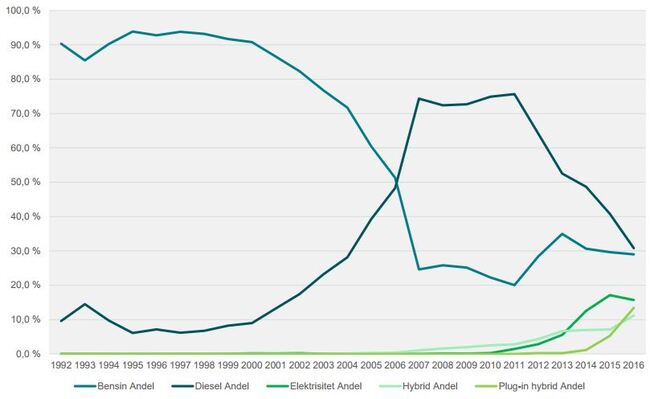Sooo, this post got really long and much more involved than I expected, but tl;dr, I think Panasonic
is at least partially to blame here, and numbers from another guy I found appear to back up the first guy's claims.
Yeah, definitely same guy. He's a
special one alright. Comments most frequently on the local news site, KOLO.
So here's a pile of interesting bits. Found another guy who claims to have inside information, and disputes some of the crazy guy's claims. (not directly though) Furthermore, this guy seems legit, as he frequently combats the common trolls that attempt to spread misinformation on Electrek. That said, he also confirms many of the claims crazy guy makes, like # of production lines, the rotations Panasonic's employees from Japan are on and emphasis on teaching new American employees, who are supposed to then teach other American employees.
Disqus Profile - carsonight
This implies half the current line capacity has been shunted away from Model 3, but also claims these lines have been producing at stated rates for >2 months. This is in response to a troll though, so I'm not confident he heard directly that everything has been running smoothly - probably has just inferred it based on when he heard the lines with that capacity were fired up.
Sounds like parking is an issue there too...
So >10 days ago, he was hearing ~1k/wk. This matches his comment above that 4 lines = 10k/month, but 2 lines are diverted for TE. That definitely puts Panasonic behind ramp schedule when you consider 2 weeks for cell aging, then handing over to Tesla for assembly into packs, then shipping those packs to Fremont to be assembled into cars...
This last comment is rather insightful, as it seems to imply Panasonic is struggling, and a previous comment implies Panasonic's ramp has slipped
at least a month (for 20k cars/month, a month or two ago he was saying January, now 10 days ago said February - that doesn't bode well for 5k cars/wk by end of Dec.
Then there's crazy guy's posts. While likely exaggerated, there's probably a decent chunk of truth involved.
3 lines = 7500 cars/mo * 40% = 3000 cars/month. However, he implies there's now more than 4 running productions lines, so that sounds positive at least.
This sounds actually sounds plausible now. Imagine any part of the line that relies on precision encoders for measuring out any process material. Small power blip and the controllers reset, losing the last known position. Suddenly everything that's in that part of the process has to get cleaned out, and anything else that's halfway in a process may "go bad" while the other parts are cleaned out. A 100ms blip could probably be ignored if a controller's PSU only had low power stuff on it, but if servos or steppers are on the same bus, the PSU's caps will get drained pretty quick, so these short blips may in fact go unnoticed by normal residents, but cause issues for precision Panasonic equipment that was designed under far more reliable power conditions. If a full process line was designed to run continuously, i.e. no easy way to store mixes for 4-6 hours without risking degradation, I could see how a line stoppage would result in having to discard an entire batch.
Anecdotally, where I work (in a small commercial/industrial park) has awful power. Lights flickering once or twice a week isn't at all uncommon, but one employee lives in apartments a couple blocks away and has never noticed issues there. May not be the power company after all, could be others in that industrial park causing issues. In my case I've had to deploy a UPS to every network switch in the building because these random blips would cause packet loss at a minimum (VoIP calls went robotic sounding), or commonly a couple minute network outage while the switch rebooted.
The more I read, the more I'm inclined to believe there's at least a decent size chunk of truth involved, as the personnel issues sounds quite similar to my own past experiences as a sysadmin.
Honestly sounds like the mechanical systems version of rants I've had regarding totally incompetent sysadmins I've had to work with in the past. I was "not favored" by management, particularly after raising to light issues with much more senior employee's competencies, but meanwhile they loved the guys that regularly caused production outages by doing things like deleting the disk volume that a live database server was running on... in the middle of the day.
Lastly, this comment really resonates with me. The same exact reasoning is why I left my last job.
Sounds like he'd be a better fit working for Tesla, rather than Panasonic...
Edit - The story only 2 days ago that Panasonic will be investing in increased production makes more sense now. I can imagine Elon loosing his sh!t over these issues and demanding they ramp production faster, any way and anywhere they can, ASAP so there's less risk of not hitting production targets in the future...




